As January is a great moment to recap the past year and to evaluate the new year’s challenges, Q4 2022 Bitcoin Mining Council’s (BMC) survey comes at a good time. This last quarterly report sheds light on Bitcoin’s sustainability, which has been under strict scrutiny for a good reason. According to Bitcoin Mining Council’s Q2 report, as we’ve covered earlier, Bitcoin would consume 0,15% of the total world’s energy production. So what has happened since?
Bitcoin mining energy efficiency improvements in Q4
In hard numbers, Bitcoin’s sustainable power use increased by 1% in the fourth quarter of the year, according to the Bitcoin Mining Council survey. This survey, focusing on three key metrics of electricity consumption, sustainable power mix, and technological efficiency, investigates the actions of the members of the BMC, representing approx 50% of the total global Bitcoin mining hash rate.
According to the data gathered from this group, the BMC miners use electricity with a 63.8% sustainable mix, whereas for all miners, this number would be 58.9% with marginal improvements. Besides the improvements, the technological efficiency of the Bitcoin Network grew 16% to equivalent Q4 in 2021. In short, Bitcoin Network is growing while also becoming more efficient.
Bitcoin’s prospects in 2023
There is no denying Bitcoin will be a controversial topic for a while. As Bitcoin represents 99% of all crypto power with its energy-consuming protocol, a lot of work has to be done. On the other hand, according to MicroStrategy chairman Michael Saylor, Bitcoin still offers 100 times the security all other combined crypto networks do. Hence, in our view, balancing the pros and cons of this leading crypto will remain a challenge.
In the future, we are likely to see Bitcoin adopt more sustainable energy to process the mining, and in the meanwhile, the beginning of 2023 looks well for this currency, according to Ben Gagnon, the Chief Mining Officer of Bitfarms, “the Bitcoin network has never been stronger and more secure.” According to Gagnon, the industry continues to deploy new miners, increase the hash rate and improve energy efficiency and network security. In the process, bitcoin can also give to communities by releasing energy back to local electricity grids and stabilizing them.
It is undoubtedly true, there is still a lot of work to be done to get Bitcoin lined up with the climate goals. Climate change does not wait, it’s happening every minute of the day. If your company needs assistance with greener energy solutions, our GRN Energy consultants are eager to help you reach your goals!

